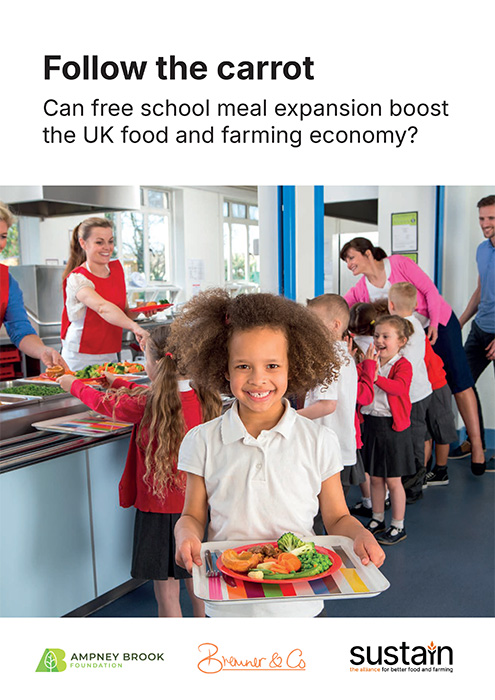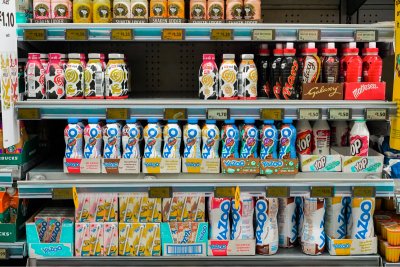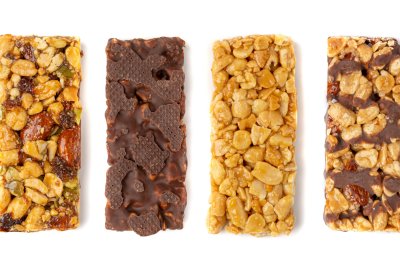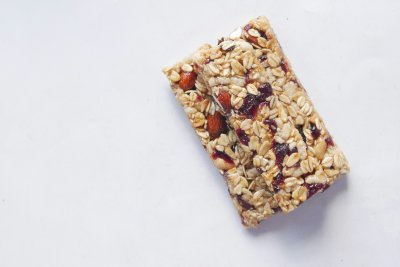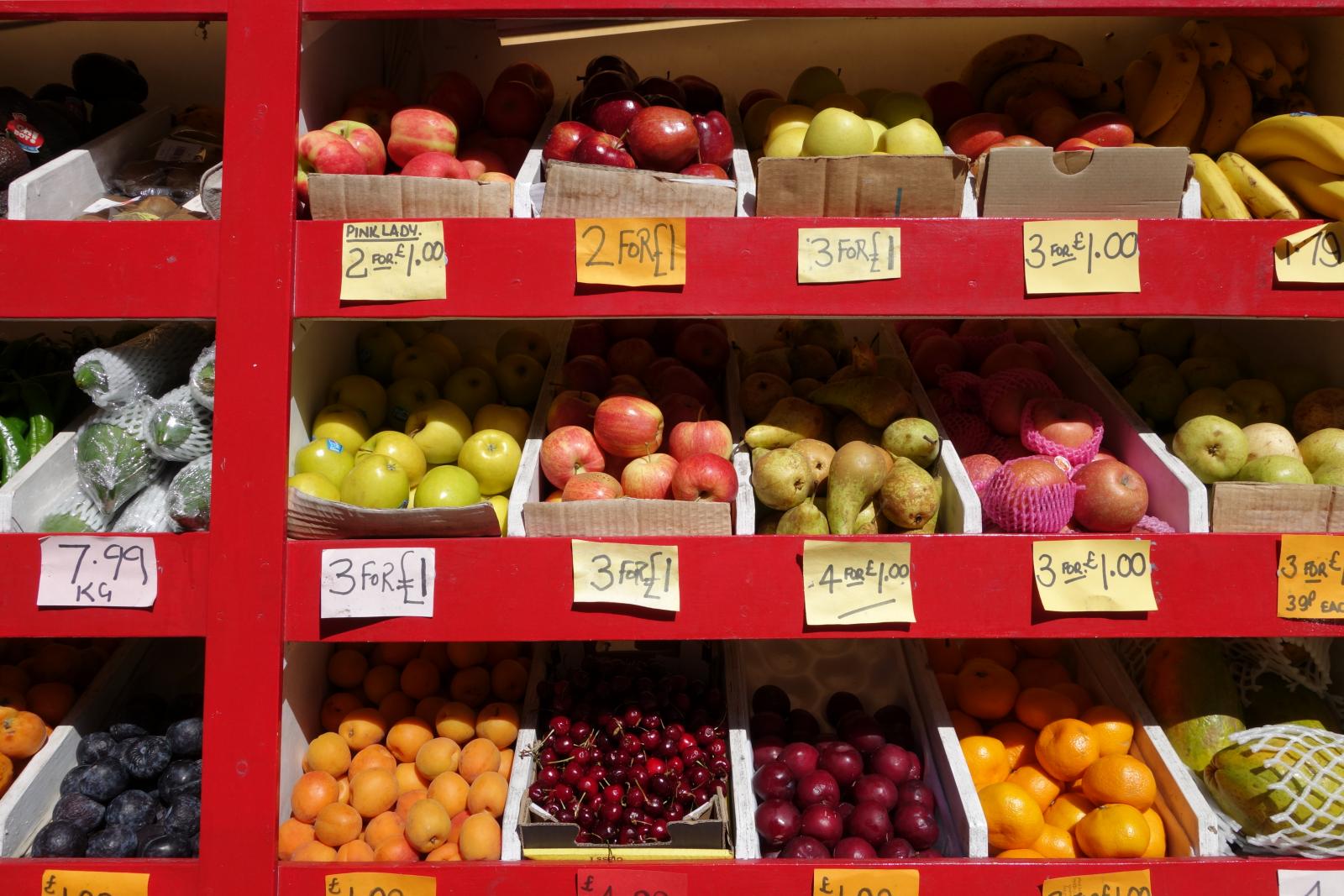

Food on the high street – changes to the planning system
Major changes have been made to the classification of uses of shops with the aim of supporting high streets, avoiding empty shops and making it easier for landlords to let properties.
Changes to planning law in England introduced in September could have a big impact on food on the high street. Shops can be used flexibly by having a number of uses taking place concurrently or by allowing different uses to take place at different times of the day. The changes may also enable start-ups to test new business models, without the need to seek planning consent to change the use of an available property.
Gillian Morgan, Sustain’s Planning Lead, commented on the changes:
“These changes to the classification of uses of shops, combined with the forthcoming planning reforms could have a profound impact on the food system, and no-where more so than the high street. High streets are in need of some good ideas; discovering and developing a local food culture is one way to do this. This could encourage innovation, stem the tide on further proliferation of hot food takeaways, encourage more community food enterprises, but it may also undermine struggling butchers, bakers and greengrocers whose use class is merged into a broader one with businesses that may prove more lucrative to landowners.
“The success of these changes to improve access to healthy food will depend on interpretation of the small print. It is currently unclear whether a mixed restaurant and takeaway use or even a shop selling hot food as part of a wider range of goods would now fall within the new Use Class E class or the specific take away use. This will hinge on the definition of “mostly” and legal interpretations pending further government interpretation.
But one thing that can be said of these changes is that access to food now seems to be more firmly on the planning agenda; we think these changes herald a welcome shift of planning policy.”
The changes to Use Classes come ahead of the Government’s broader reform to the planning system, which they are consulting on until 29 October. The Use Classes Order is a classification of land uses which determine whether changes of use are controlled by local councils through their planning powers. These changes to the use classes are currently subject to judicial review.
Now, 4 main classes each with multiple subdivisions are replaced by only 3 new classes. As a result, planning consent will not be needed for changes for a range of uses within each “Use Class”. Basically, the new Use Class E covers “commercial, business and service uses which it is appropriate to provide in a commercial, business or service locality”: shops[1], restaurants / cafes[2], estate agents, solicitors, medical or health services, crèches, day nurseries, gyms, to list just a few.
An unintended consequence of the new Use Class E could be the loss of convenience stores, bakeries, butchers or greengrocers to, for example, a more lucrative professional office or a restaurant.
Another major change is that hot food takeaways are in a class of their own. This emphasises the need for councils to introduce specific planning policies to control their proliferation. A shop that is currently a hot food takeaway will now need consent to change to another use and vice versa. This may make it harder for takeaway operators to find new premises given that, if they needed to change the current use to a hot food takeaway, at the end of their lease, a future tenant would need permission for any other use. Landlords may prefer to keep their properties in Class E for the flexibility and ease of finding tenants.
A completely new Use Class covers local community uses, including a shop which is smaller than 280 square meters selling mostly essential goods so long as it is at least 1km from another similar shop. Also within this group are community halls and some sports facilities. This could offer the possibility for a community hall to run a village or residential estate shop in a food desert. Another scenario is for a local shop in a new urban extension to be given this status instead of the wider Use Class E shop to ensure it remains as a local service. It will be interesting to see how this category is applied as 1km is quite a long way to walk to a shop and in dense urban areas local parades tend to serve specific communities.
Pubs, including those with expanded food provision are also in a class of their own. This aims to give greater protection to pubs that serve local communities following recent trends in pub closures and conversions. Again, local councils can introduce planning policies to apply when assessing a planning application for a change of use.
It is still early days to say how the new use classes will operate. Please seek legal advice before taking any decisions.
Planning Food Cities: Shaping the future of local areas to create a more sustainable and local food system.
Sustain
The Green House
244-254 Cambridge Heath Road
London E2 9DA
020 3559 6777
sustain@sustainweb.org
Sustain advocates food and agriculture policies and practices that enhance the health and welfare of people and animals, improve the working and living environment, promote equity and enrich society and culture.
© Sustain 2025
Registered charity (no. 1018643)
Data privacy & cookies
Icons by Icons8

